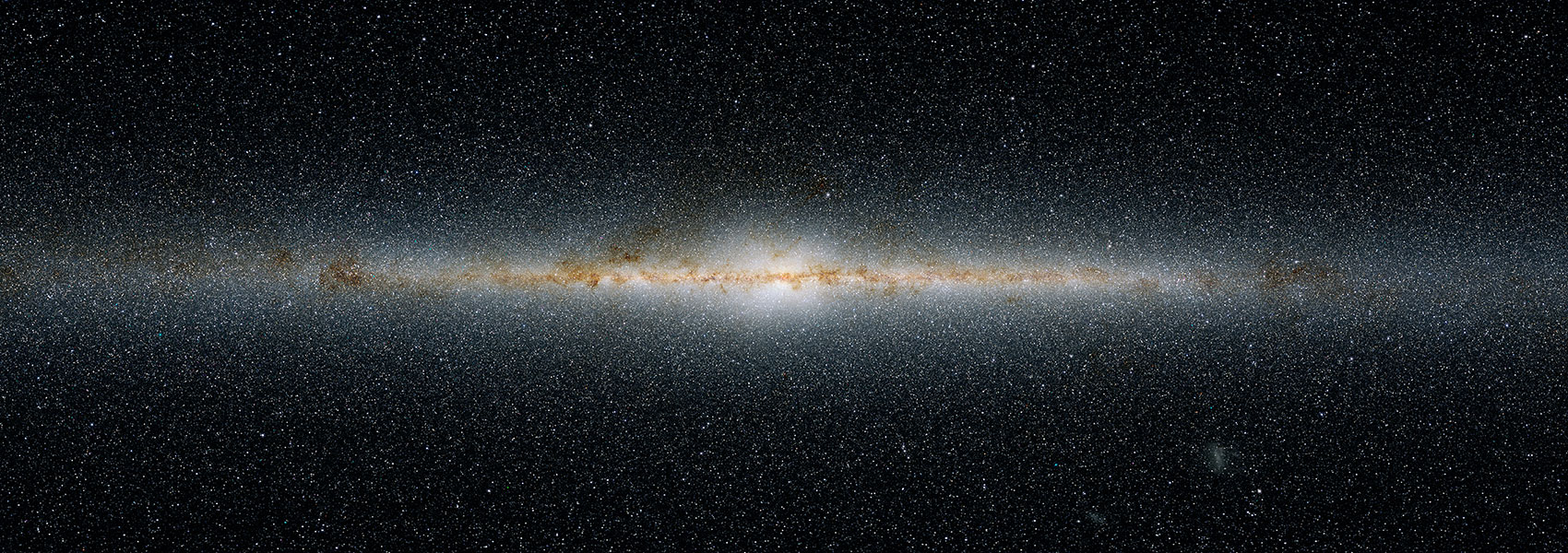
GOALS-JWST: Constraining the Emergence Timescale for Massive Star Clusters in NGC 3256
October 2024 • 2024ApJ...974L..27L
Abstract • We present the results of a James Webb Space Telescope NIRCam and NIRSpec investigation into the young massive star cluster (YMC) population of NGC 3256, the most cluster-rich luminous infrared galaxy in the Great Observatories All Sky LIRG Survey. We detect 3061 compact YMC candidates with a signal-to-noise ratio ≥3 at F150W, F200W, and F335M. Based on yggdrasil stellar population models, we identify 116/3061 sources with F150W – F200W > 0.47 and F200W – F355M > ‑1.37 colors, suggesting that they are young (t ≤ 5 Myr), dusty (A V = 5‑15), and massive (M ⊙ > 105). This increases the sample of dust-enshrouded YMCs detected in this system by an order of magnitude relative to previous Hubble Space Telescope studies. With NIRSpec integral field unit pointings centered on the northern and southern nucleus, we extract the Paα and 3.3 μm polycyclic aromatic hydrocarbon (PAH) equivalent widths for eight bright and isolated YMCs. Variations in both the F200W – F335M color and 3.3 μm PAH emission with the Paα line strength suggest a rapid dust clearing (<3‑4 Myr) for the emerging YMCs in the nuclei of NGC 3256. Finally, with both the age and dust emission accurately measured, we use yggdrasil to derive the color excess (E(B ‑ V)) for all eight YMCs. We demonstrate that YMCs with strong 3.3 μm PAH emission (F200W – F335M > 0) correspond to sources with E(B ‑ V) > 3, which are typically missed in UV-optical studies. This underscores the importance of deep near-infrared imaging for finding and characterizing these very young and dust-embedded sources.
Links
- PREPRINT http://arxiv.org/abs/2409.16503
- NED https://ned.ipac.caltech.edu/uri/NED::InRefcode/2024ApJ...974L..27L
- ELECTR https://doi.org/10.3847/2041-8213/ad7eae
- SIMBAD https://simbad.u-strasbg.fr/simbad/sim-ref?querymethod=bib&simbo=on&submit=submit+bibcode&bibcode=2024ApJ...974L..27L
- PDF https://iopscience.iop.org/article/10.3847/2041-8213/ad7eae/pdf
- DATA https://archive.stsci.edu/mastbibref.php?bibcode=2024ApJ...974L..27L
- DATA https://archive.stsci.edu/mastbibref.php?bibcode=2024ApJ...974L..27L
- DATA https://doi.org/10.17909/7wqw-2r55





